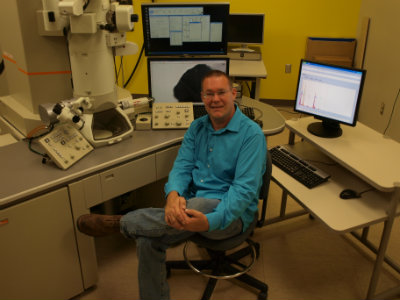Mark Krekeler Research in Minerology Helps Improve the Environment


Dr. Mark Krekeler, Associate Professor of Geology & Environmental Earth Science at Miami University Hamilton and his students have done some remarkable research in environmental and industrial minerology, and he owes it all to a pig.
Through his undergraduate and most of his master's degree, Krekeler had been trained as "a general geologist."
"I've always been an outside person and I've always liked rocks," he said.
But halfway through his master's degree, a friend received a grant to go on a research trip to Honduras for two months and invited Krekeler to assist. That trip changed his perspective.
"We were mapping a river to find the ground water associated with it, and there was a woman there washing her clothes with a pig right next to her," he said. "The pig does its business and she doesn't break stride. At that moment, I thought there's got to be a better way, so I started looking at minerals as a way to remove pollutants out of the environment.
"The nice thing about minerology is that it's a lens through which we can view all kinds of things in society as well as science," he said.
Since then, his career has taken a lot of different tracks. He's an expert in a specific kind of clay mined in Georgia that is efficient in removing pollutants from water. He's worked on ways to more efficiently remove gold from ore. And he has done research to get radioactive materials out of the environment.
"It's all unified by minerology," he said. "Minerals are a very systematic, ordered entity. If you understand minerals and their properties and explore why their properties vary, you can solve a lot of environmental problems.
"As an environmental and industrial mineralogist, I look at minerals as a resource and a tool to remove pollutants--phosphate, metals and pharmaceuticals--out of the environment."
While his work has taken him to far-flung places around the United States, he and his students have done important research close to home.
Some of his students have published articles on lead pollution in Hamilton. Their research determined that a lot of lead in the environment has come from road paint.
"In the state of Ohio since 1947 they have used a lead-chromate based paint," he said. "The basis was that it was insoluble and bright yellow. But they didn't measure solubility over time."
The first study was published in 2013, followed by another a year later about the nature and distribution of metal pollution. Currently another paper is in review on the subject.
One of his graduate students was able to trace the lead chromate into the river.
"The way our sewers are designed, it's basically a direct pour, so to speak," he said.
"There's a decent amount of pollution in Hamilton," he said. "I've started comparing our data to other places in the world, and we're more polluted than 70 percent of other urban settings with respect to metals."
The problem with metals, he said, is that they don't go away once introduced into the environment. Even gasoline is eventually broken down by bacteria.
Since coming to Miami in the fall of 2008, Krekeler has had 50 undergraduate students present posters and papers at regional and national scientific conferences.
"I recruit students from my classes, where you can see where their interests lie and what they like to do," he said. "I give them a small task and see where they go with it. From there, there are different ways of engaging students in research."
Krekeler said that he tries to create a research environment where experiencing some degree of failure in experiments or analysis is just of a normal part of doing good science and is just a part of the learning process.
"It's okay to try things out," he said, "whether or not they come out as you expect."
He encourages his undergraduate researcher to interact with his graduate students, and he leads a research group that meets weekly to coordinate the activities of his various research projects.
"We talk about being intellectually prepared for the meetings," he said, "about how you deal with questions and the structure of questions, arguing why their projects are significant and what impacts they'll have on society, why someone else might be interested."
He also helps them frame their projects as a tool for going into industry or further research.
As a result, he said about 85 percent of his undergraduate research students continue in geology or science, either getting a job in industry or governmental agencies such as the EPA, or graduate school.
"That is pretty rare if you average things out nationally," he said. "We've been fairly successful in getting our students involved early. That way, they develop their interests early and there's a feedback loop that encourages them to do more."

